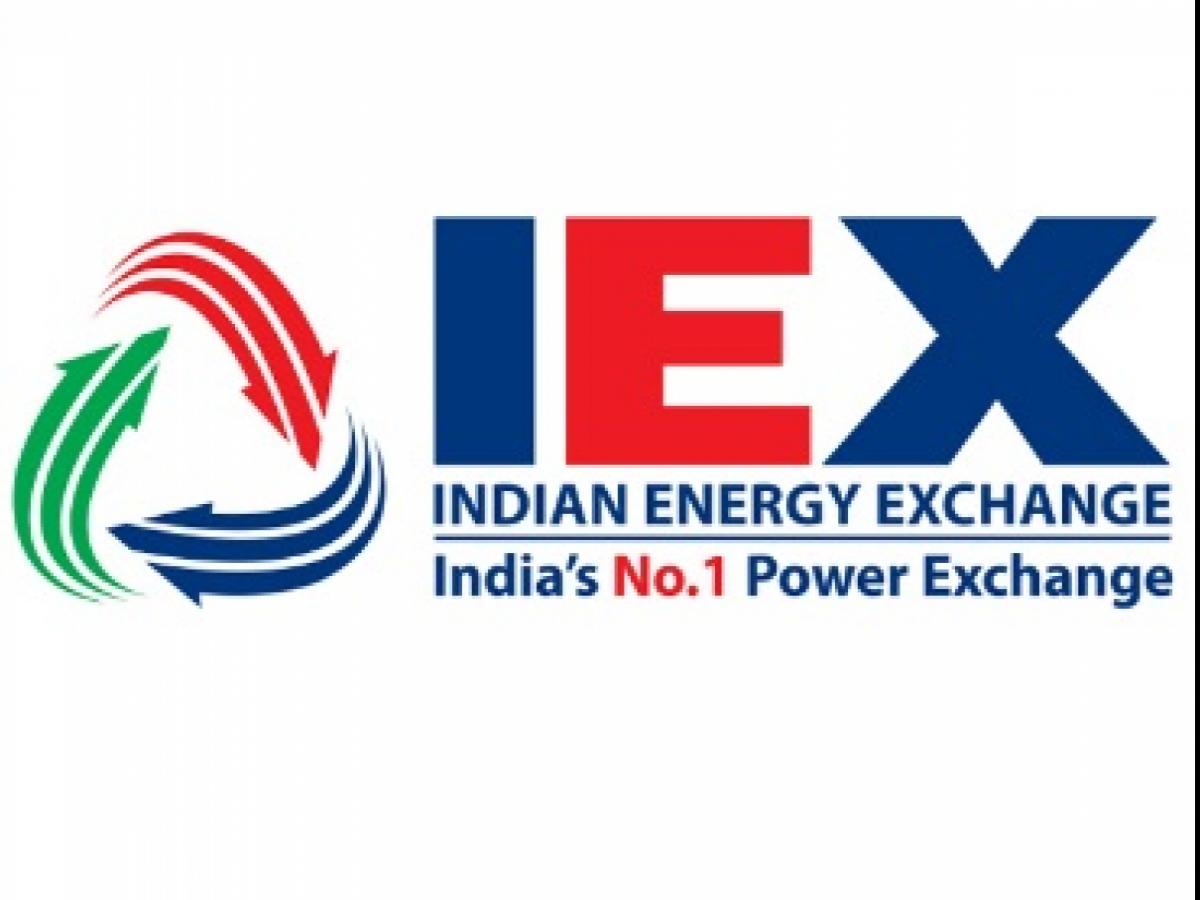With the speed cryptocurrency is emerging as the Millennial generation’s alternative asset of choice in India, it’s hard to imagine that just two years ago a couple of blockchain pioneers were briefly in police custody. Sathvik Vishwanath and Harish BV, cofounders of a then five-year-old startup, were arrested in late 2018. No, they hadn’t pulled off a shady initial coin offering. Their “crime” was that they put up a kiosk in a mall in Bangalore where customers could swap Bitcoin, Ether or Ripple for cash or vice versa. That was the whole point of Unocoin, their crypto token exchange. But the police were suspicious of the new-fangled “ATM.”
A lot has changed since then. Unocoin, which just raised financing from Tesla Inc.-backer Tim Draper’s Draper Associates, is flourishing, together with other Indian blockchain ventures. India’s share of person-to-person virtual-currency trading in Asia has surged to 33%, the same as in China, according to Oslo-based Arcane Research’s analysis of volumes on Paxful and LocalBitcoins, the biggest platforms for transactions in the region.
Some of this is no doubt due to the bubbly rise this year in Bitcoin, which recently came within $100 of its all-time high after surpassing $19,000 for the first time since 2017. Even after Thursday’s wobble, prices have still more than doubled this year.
But fundamental factors are also at play. Sending money to India in a tokenized form, and thus avoiding hefty bank charges, is becoming an option. Some customers of digital-asset exchanges, probably tech-savvy freelancers, receive tokens at regular intervals as payment for their work and convert them into rupees via their local bank accounts. Families in India are using the same channel to send money to students overseas.
Having the world’s largest diaspora — and more than $100 billion in two-way money flows last year — isn’t the only thing. Prime Minister Narendra Modi’s disastrous ban on 86% of the country’s currency in November 2016 shook Indians’ faith in fiat money. Add the fear of leaving spare cash in banks when three major deposit-taking institutions have crumbled in the past 15 months. No wonder Arcane expects Indian crypto volumes to overtake China’s.
The domestic asset management industry is also helping adoption of crypto — by its incompetence. Most large-cap fund managers have struggled to beat their benchmarks, especially in recent years. The Nifty 50 index has returned only about 2% annually in dollar terms over the past decade. Yet, as Bloomberg Intelligence’s Gaurav Patankar and Morgan Barna have shown, lack of performance hasn’t kept managers from pocketing high fees.
Disgruntled younger savers are taking note, and dipping their toes in U.S. exchange-traded funds. At 1%, international allocation is still tiny, the Bloomberg Intelligence analysts say, but it’s growing rapidly. Ditto for crypto-investing, even though holding a highly volatile digital asset over the long term isn’t for the faint of heart. Only 600 of Unocoin’s 1.2 million customers have started a systematic buying plan to invest (mostly) in Bitcoin. But 99.5% of them are sitting on profit, and must be bragging about it to their friends.
There’s one dampener: regulation. Nobody wants a return to 2018, when the Reserve Bank, the monetary authority, instructed banks not to entertain customers who dealt in virtual currency. The draconian approach nearly strangled India’s blockchain revolution. The action against Unocoin’s kiosk in Bangalore was like the heavy hand of the state crashing down on a kids’ lemonade stand. If folks in India’s technology capital couldn’t pay cash to buy digital tokens, then the asset was effectively being banned nationwide.
In hindsight, the founders’ ordeal with the police proved to be a blessing in disguise. Young entrepreneurs joined together, went to the Supreme Court in New Delhi and got the RBI’s direction to banks declared unconstitutional. That was in March. Already, the exchange has seen a fivefold jump in trading, averaging $150,000 a day, from $30,000 before the court’s verdict. Of late, trading is much higher, thanks to the rally in Bitcoin prices. Larger bourses such as CoinDCX were witnessing daily volumes of almost $700,000, when I last checked.
The players are urging the government to bring digital assets under the existing money-laundering law, which will give the industry legitimacy. The next step would be to regulate the tokens as money or securities, depending on their use.
India’s phlegmatic bureaucracy may wonder if this is all a craze. Perhaps not. It isn’t even unique to Indian Millennial and Generation Z consumers. Wringing the global banking industry dry of its exorbitant fees, and putting more purchasing power in people’s hands after the Covid-19 pandemic, will be a worldwide goal. In their study titled, “What We Must Do to Rebuild,” Deutsche Bank AG economists are advising companies and policy makers to design alternatives to credit cards and “remove middleman fees.” In the short run, conventional fintech will help, but in the longer term, major economies will all do this by replacing cash with their own central bank digital currencies.
That’s when older consumers will join in. If they don’t, they’ll get get stuck, and not just figuratively. Automatically triggered crypto “smart contracts“ will make it possible for self-driving cars to switch lanes faster than others. Commuters will be continuously paying one another in official digital currencies — or in stablecoins like Facebook Inc.’s proposed Libra, private tokens whose values are fixed against fiat money.
The Indian Millennials have read the tea leaves right.
Eqwires Research Analyst
Top-notch SEBI registered research analyst
Best SEBI registered Intraday tips provider and Best SEBI registered stock advisory company
info@eqwires.com
Call: +91 9624421555 / +91 9624461555
www.eqwires.com





